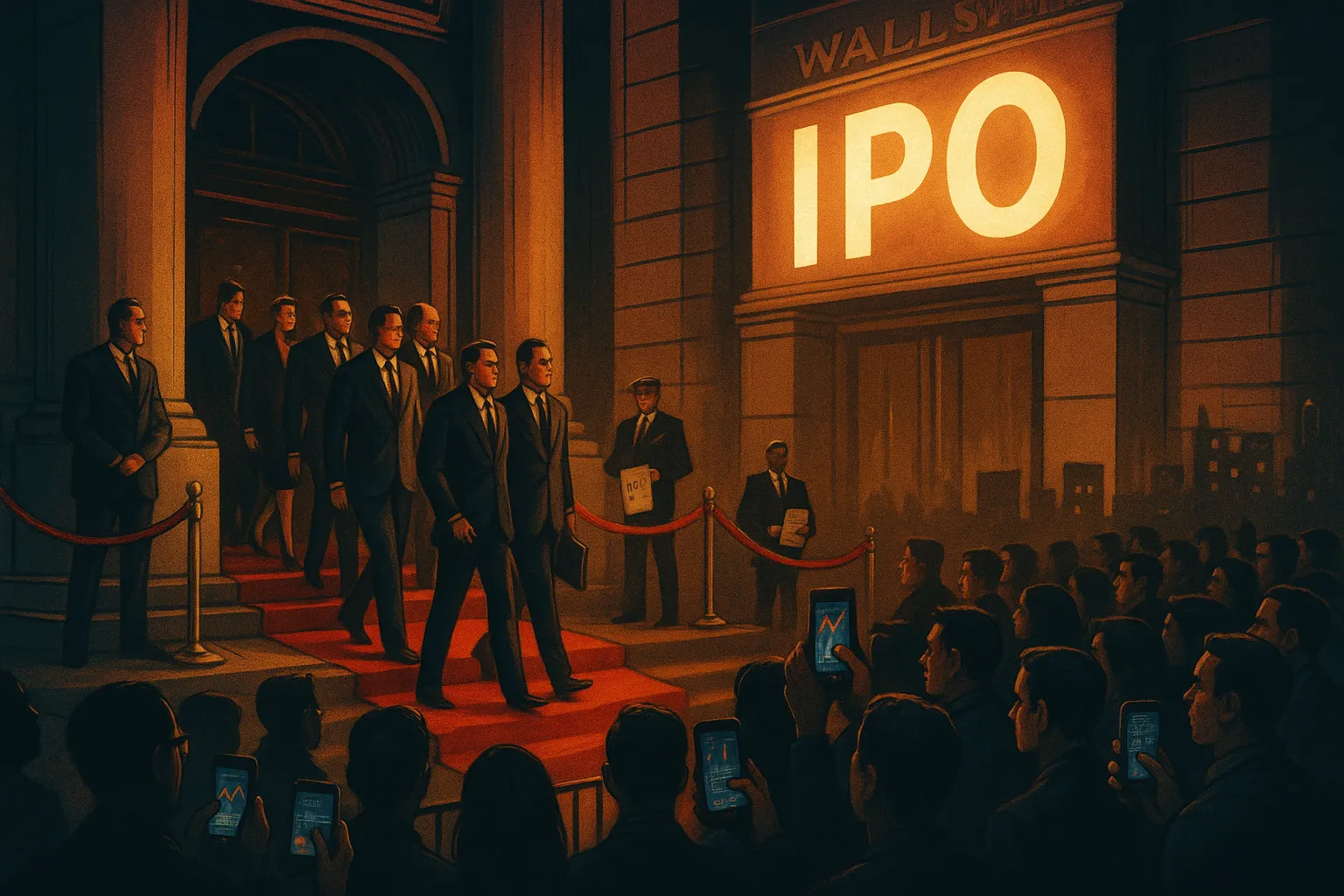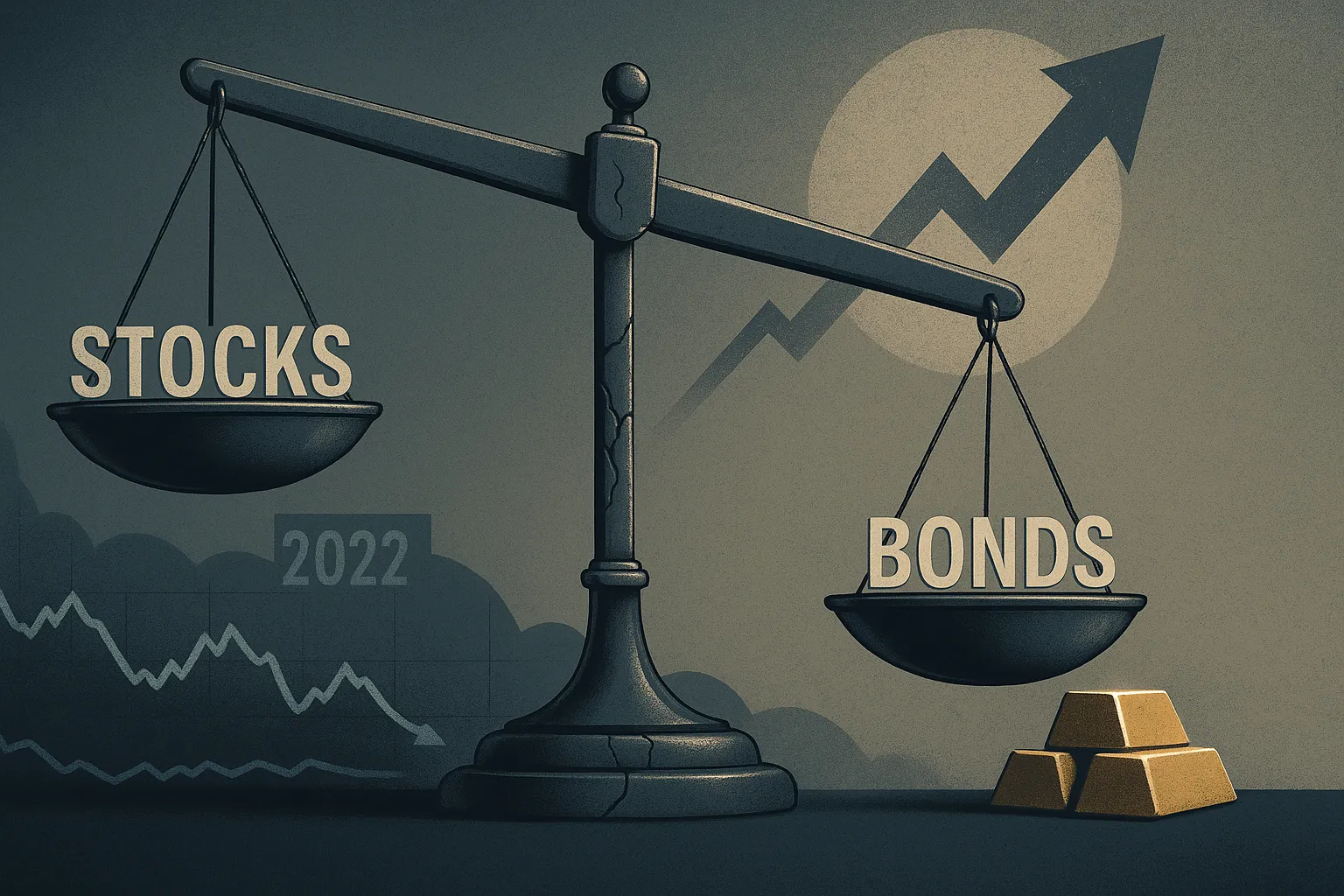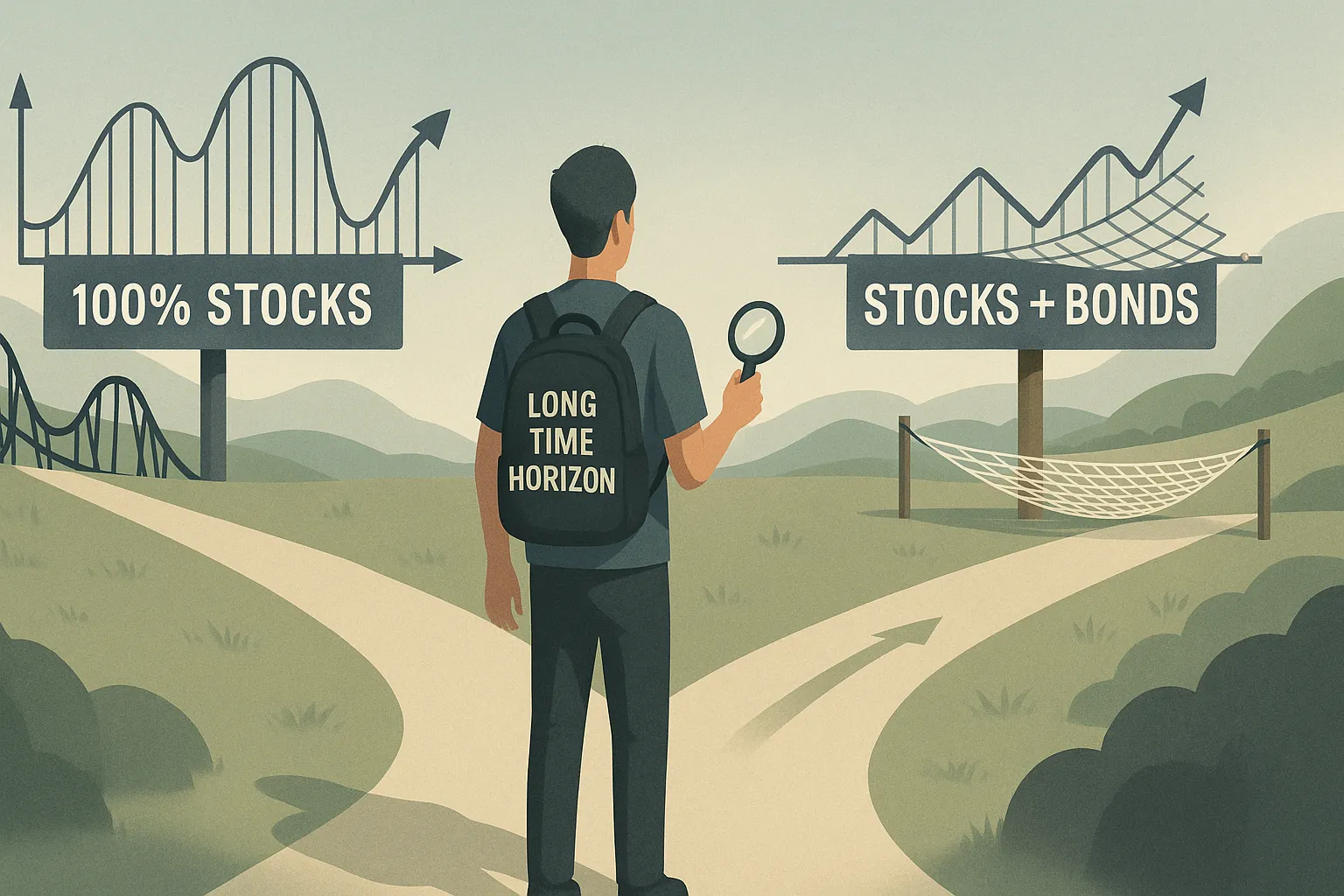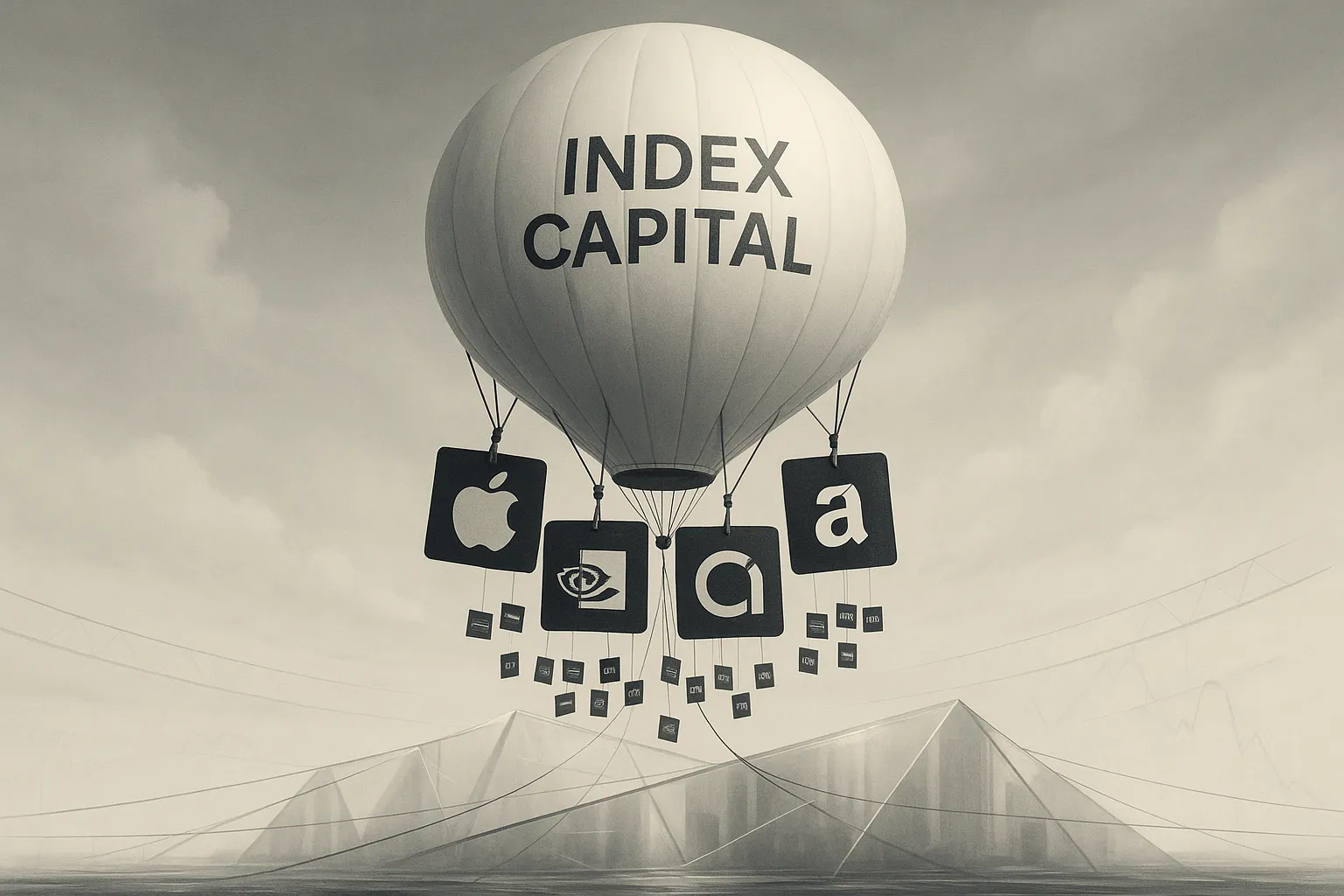Who Really Wins When a Company Goes Public?
IPOs often soar on day one—but the biggest gains usually go to insiders, not individual investors.

This content has been reviewed and edited by an Investment Advisor Representative working for Global Predictions, an SEC-registered Investment Advisor.
According to research by Jay Ritter at the University of Florida, the average first-day return for IPOs from 1980 to 2022 was 18.4%. But most retail investors never see that upside. The shares that pop the most are typically allocated before public trading begins—to underwriters, institutions, and company insiders.
The common belief that IPOs offer a rare chance to "get in early" often doesn’t match reality. This article explains how the IPO process works behind the scenes, who usually benefits, and what it means for long-term investors weighing whether to participate.
Key Takeaways
- Most of the initial price jump in IPOs goes to institutional investors and insiders who buy before trading opens.
- Retail investors often get access only after the price has already surged.
- Lock-up periods, hype cycles, and post-IPO volatility can trap latecomers in drawdowns.
- Some investors may consider alternative ways to gain exposure to growing companies beyond chasing IPOs.
The Mechanics Behind IPO Gains
When a company goes public, underwriters (typically large investment banks) help price and allocate shares to a select group of early buyers. These buyers are often:
- Institutional investors
- Hedge funds and mutual funds
- High-net-worth clients of the underwriting bank
This group receives shares at the "offering price"—which can be significantly lower than the price when the stock opens to public trading.
- Example: In the 2020 DoorDash IPO, shares were priced at $102 but opened at $182—a 78% jump that early buyers captured before retail investors could buy in.
So while headlines often highlight the stock's jump, the gains are usually already pocketed by those inside the velvet rope.
- Hypothetical: Imagine a retail investor sees a stock open at $182 after reading about its $102 offering price. They buy in at $185, hoping for more upside. But in many cases, IPO stocks retrace as the initial excitement fades—leaving late entrants with losses.
Why Retail Rarely Gets In Early
There are two reasons most individual investors miss the offering price:
- Access is limited: Underwriters allocate shares to preferred clients. Unless a retail investor has a high account balance with a participating brokerage, they likely won't get shares pre-IPO.
- Hype drives demand: Popular IPOs are often oversubscribed, meaning demand exceeds available shares. This further narrows the access window.
Some platforms offer IPO access to retail investors, but allocations are often small and not guaranteed. Many still end up buying after trading begins—at already-inflated prices.
What Happens After the First Day?
While some IPOs hold their gains, others fall sharply after the initial pop. Ritter’s data show that IPOs from 1980–2023 delivered an average three-year market-adjusted buy-and-hold return of -20.2%, underscoring their consistent underperformance relative to the broader market.
Contributing factors include:
- Lock-up expirations, when insiders are allowed to sell their shares
- High initial valuations with little track record
- Shifts in market sentiment or economic outlook
Behaviorally, investors are also prone to FOMO—buying in during the buzz, only to sell at a loss once momentum fades. This mismatch between expectation and outcome can erode trust in equity investing altogether.
So what? For investors trying to build long-term wealth, it’s worth asking: are IPOs really the right entry point—or just another hype cycle that benefits those already inside?
Other Ways to Gain Exposure to Growth
Some investors may consider broader strategies to gain exposure to innovation without chasing IPO pops:
- Diversified ETFs that include newly public companies
- Private equity or pre-IPO access (though typically limited to accredited investors)
- Holding mature growth companies with strong fundamentals
These approaches won’t offer quick gains, but may help align risk and reward over a longer horizon.
Many IPOs Benefit Insiders First
The data is clear: IPOs often reward those closest to the deal—not everyday investors. While some retail traders do profit in the short term, it usually requires impeccable timing and a willingness to trade volatility.
A more sustainable path may be focusing on long-term ownership, steady compounding, and resisting the allure of one-day headlines.
FAQs
Q: Do IPOs only benefit insiders?
A: Most of the early gains from IPOs go to insiders, underwriters, and institutional investors who access shares before public trading. Retail investors often enter after prices have already risen.
Q: Can retail investors ever access IPOs at the offering price?
A: In some cases, yes—particularly through select brokerages that offer IPO access. But allocation is often limited and not guaranteed.
Q: Why do some IPO stocks drop after the first day?
A: Reasons include profit-taking by early holders, lock-up expirations, or reassessment of valuation after initial hype fades.
Q: Are IPOs a good long-term investment?
A: Historically, many IPOs have underperformed the market over the following 3–5 years. Outcomes vary widely by company and sector.
Q: What are alternatives to buying IPO stocks?
A: Some investors consider diversified funds, long-term ownership of growth companies, or limited exposure to newly public firms within a broader portfolio.
How optimized is your portfolio?
PortfolioPilot is used by over 30,000 individuals in the US & Canada to analyze their portfolios of over $30 billion1. Discover your portfolio score now:





